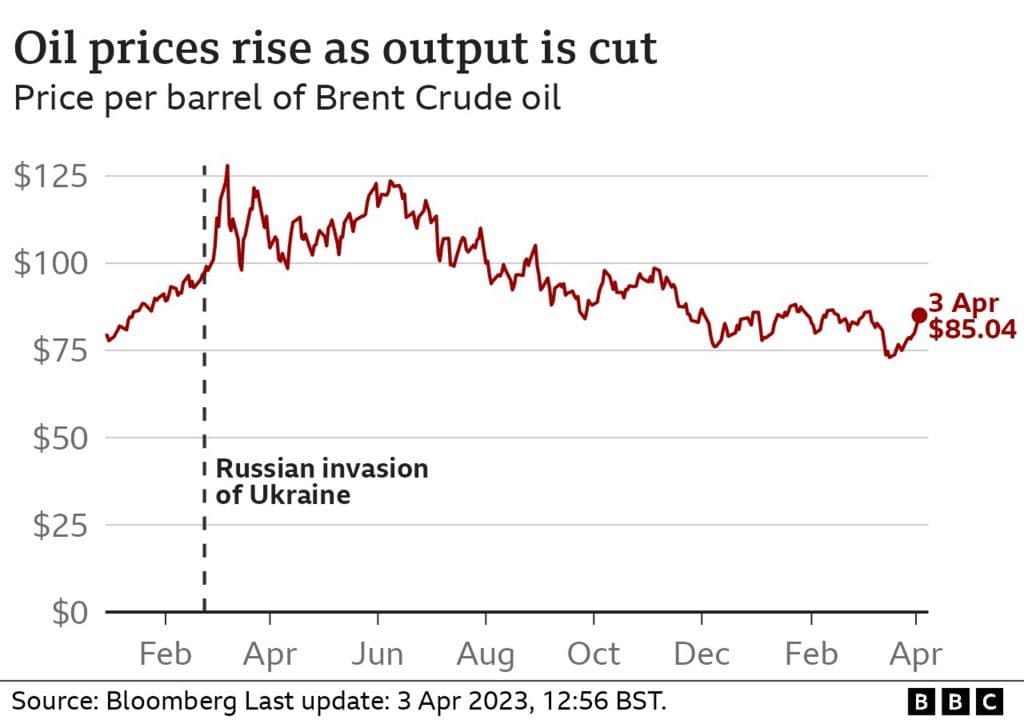Eli Lilly Tops One Trillion Dollar Market Value on Obesity Drug Boom
Eli Lilly briefly crossed a one trillion dollar market capitalization on November 21, 2025, becoming the first pharmaceutical company to reach that milestone. The surge was driven by blockbuster demand for tirzepatide products, reshaping investor expectations for obesity treatment markets and raising questions about pricing, access, and sustained growth.

Eli Lilly reached a milestone on November 21 when its market capitalization briefly exceeded one trillion dollars, the first time a drugmaker has entered the so called trillion dollar club. The surge reflected investor enthusiasm for the companys metabolic medicines, notably tirzepatide sold as Mounjaro for diabetes and Zepbound for chronic weight management, which have driven a dramatic uplift in sales and profit expectations.
Lilly said its metabolic portfolio has produced more than ten billion dollars in quarterly revenue, a figure that implies an annualized run rate in excess of forty billion dollars when extrapolated. That revenue stream has become a large share of overall company sales, and has reshaped market expectations that obesity therapies can be a sustained multi year growth engine for large caps in the pharmaceutical sector.
Stock market reaction was swift as investors re rated Lilly relative to peers. The valuation places Lilly among the most richly priced names in the large pharma universe, reflecting a consensus that the obesity drug opportunity could extend for years. Analysts have pointed to the combination of clinical efficacy, high patient demand, and limited competition in certain segments as reasons for premium valuations. At the same time, they warn that the current price does not fully account for policy and market risks that could compress margins.
Key uncertainties center on pricing and access. Private insurers and government payers face rising budgets tied to obesity treatments, and many have been pursuing tighter utilization controls such as step therapy, prior authorization, and negotiated discounts. Those measures could slow uptake or limit the average price received per treatment. Negotiated access deals with major health systems and pharmacy benefit managers will be central to whether the current revenue trajectory is sustained.
Competition is another variable. Rival companies with glucagon like peptide 1 and dual agonist candidates are advancing their pipelines, which could erode share over time or pressure prices. Manufacturing scale and supply chains will also be tested as global demand expands, and any production bottlenecks could both restrict sales and invite price concessions.
There are broader policy implications. Policymakers concerned with rising drug spending may intensify scrutiny, including proposals to tie pricing to outcomes, expand government negotiation authority, or impose affordability assessments. Given the size of the market Lilly now commands, its pricing strategies could influence regulatory debates and employer benefits design for years to come.
For investors the milestone crystallizes a trade off between growth prospects and regulatory risk. The market is pricing in a long term obesity treatment story, but sustaining current valuations will require not only continued strong clinical and commercial performance but also favorable payer arrangements and management of competitive pressure. For patients, the increased focus on obesity therapies signals wider availability of effective treatments, while it also raises questions about who will pay and at what cost. The Lilly milestone marks a turning point in how markets value breakthrough chronic disease therapies, and it sets the stage for more intense negotiations between industry, payers, and policymakers in the years ahead.

